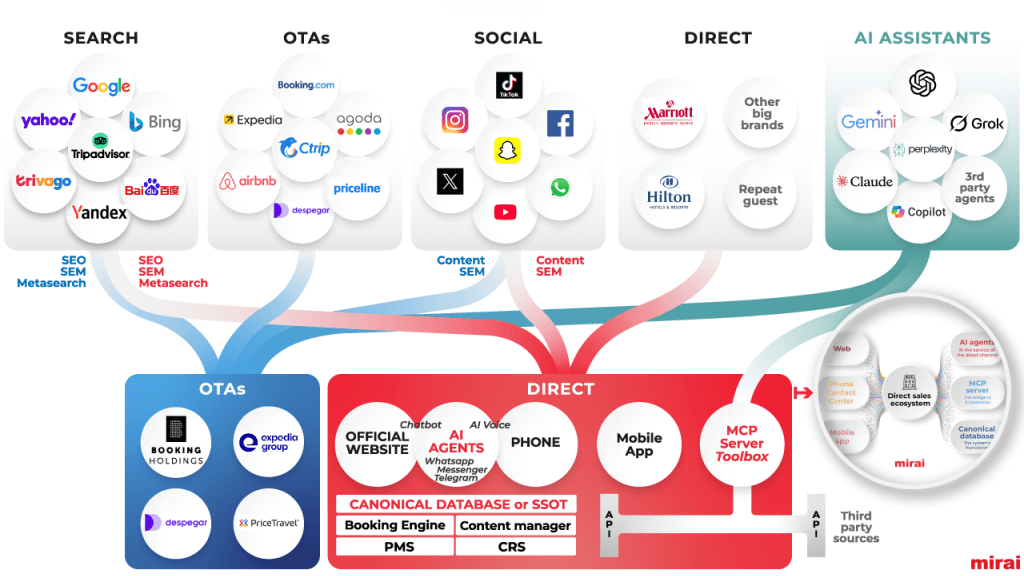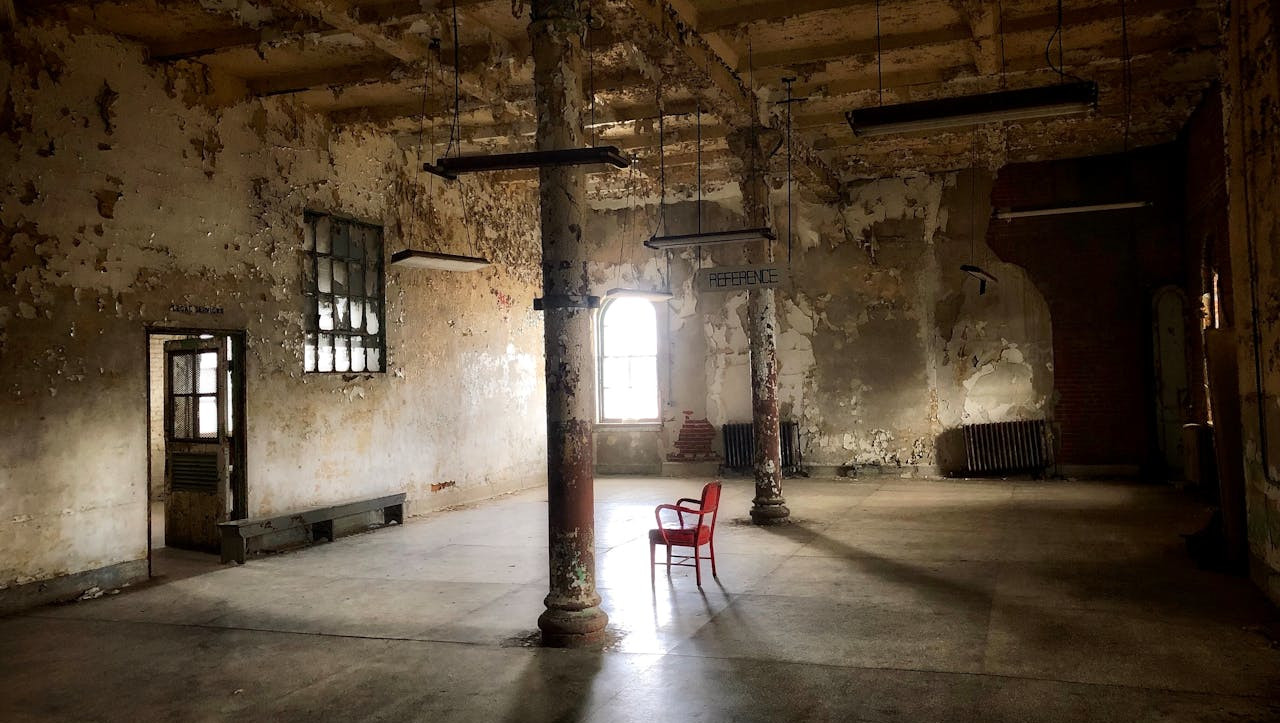
The benchmarking trap is a multifaceted issue that ensnares hotels at both ends of the spectrum—those below industry standards and those who have seemingly surpassed them. In both cases, an overreliance on benchmarking can lead to short-sighted decisions and a loss of focus on what truly drives long-term success.
NB: This is an article from Demand Calendar
Subscribe to our weekly newsletter and stay up to date
For hotels lagging, the trap lies in frantically chasing metrics like occupancy rates and RevPAR. While necessary for financial health, these figures can become an obsession, leading to a narrow focus on short-term gains at the expense of long-term growth. A hotel might aggressively discount rooms to boost occupancy, neglecting guest experience and harming their brand reputation. This short-sighted approach can lead to a vicious cycle of discounting and diminishing returns, ultimately undermining the hotel’s ability to attract loyal, high-value guests.
Meanwhile, hotels exceeding industry benchmarks often fall victim to complacency. They mistake a high RevPAR for a guarantee of continued success, neglecting to invest in innovation or differentiation. This error can be fatal as guest expectations evolve, technology advances, and competitors don’t stand still.
Consider a hotel that consistently achieves high occupancy rates but suffers from low guest satisfaction. While the numbers might look good on paper, negative online reviews, poor word-of-mouth, and a lack of repeat business will eventually erode the hotel’s standing. In this case, the relentless pursuit of occupancy has blinded management to the bigger picture: creating a positive, memorable experience that fosters guest loyalty and long-term profitability.
This phenomenon is evident throughout the hotel industry. In design, we see a proliferation of trendy minimalist aesthetics, often at the expense of character and local flavor. In this bland design, many hotels want to become more “Instagrammable” and now boast identical millennial-pink accents, neon signs, and plant-filled lobbies, all vying for the same social media attention. While visually appealing, these trends homogenize the guest experience, leaving little room for hotels to express their unique personality or location-specific charm.
Similarly, the amenities arms race has resulted in a standardized offering of free Wi-Fi, fitness centers, and complimentary breakfast buffets. While these perks are undoubtedly appreciated, they do little to differentiate one hotel from the next, leading to price-driven competition that erodes profit margins.
Even marketing campaigns have fallen prey to the benchmarking trap. Buzzwords like “luxury,” “boutique,” and “eco-friendly” are used indiscriminately, blurring the lines between truly unique offerings and those simply following the latest trends. As a result, hotels bombarded guests with generic messaging that fails to capture the essence of what makes each hotel unique.
Breaking free from this trap requires a fundamental shift in mindset. Instead of fixating on numerical benchmarks, hotels need to embrace their unique strengths and invest in creating experiences that resonate deeply with guests. Hotels can break the mold and forge lasting success by prioritizing innovation, personalization, and authenticity.




